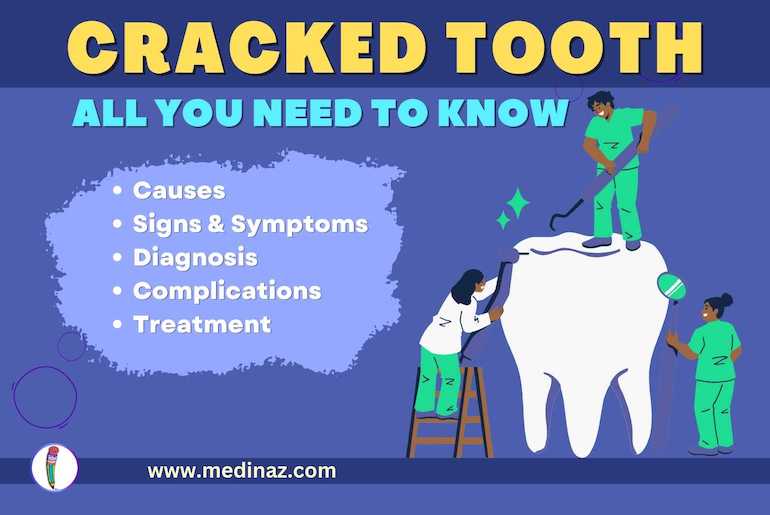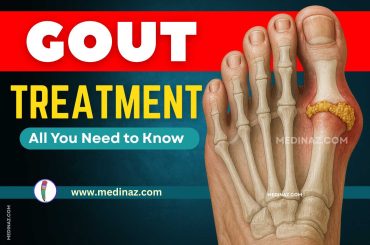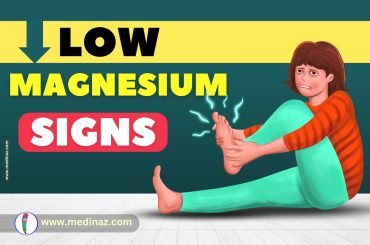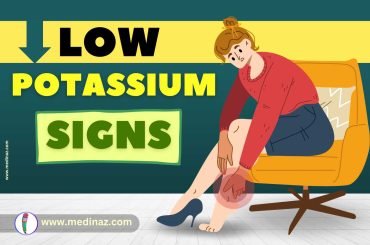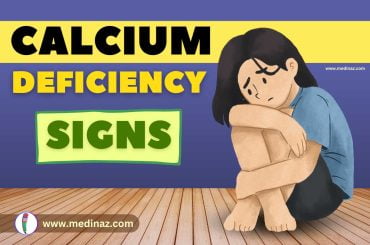Unveiling the Hidden Dangers of Cracked Tooth: What You Need to Know:
Are you aware of the hidden dangers lurking behind a seemingly harmless cracked tooth? As dental professionals, we often witness the consequences of untreated cracks, and it’s essential to shed light on this often overlooked dental issue.
Cracked teeth may appear insignificant, but they can lead to severe complications if left untreated. In this article, we will explore the various types of cracks, their causes, and the potential risks they pose to your oral health. From increased sensitivity and pain to infections and tooth loss, understanding the hidden dangers of cracked teeth is crucial for maintaining a healthy smile.
Join us as we delve into the world of dental cracks, equipping you with the knowledge needed to identify and address this common dental problem. Don’t let a seemingly harmless crack turn into a dental disaster – read on to discover what you need to know about cracked teeth.
Table of Contents
What is a Fractured Tooth?
A fractured tooth, commonly referred to as a cracked tooth or cracked tooth syndrome (CTS), occurs when a crack develops in the structure of a tooth. This crack can vary in size and severity, ranging from minor and insignificant to more serious cases where the tooth may break or split. (ref)
While tooth fractures can affect individuals of any age, they tend to be more prevalent in children and older adults. If you suspect that you have a fractured tooth, it is crucial to seek immediate dental attention from a dentist to assess the extent of the damage and receive appropriate treatment.
Common Causes of Cracked Tooth:
Cracked teeth can occur due to various factors, and it’s essential to understand the common causes to prevent them in the first place.
- Biting down on hard objects: Chewing on hard items like ice, pens, or hard candies can exert excessive pressure on teeth, leading to cracks over time.
- Teeth grinding or clenching (bruxism): Bruxism, which often occurs during sleep, can cause significant damage to teeth, including cracks.
- Accidents or trauma to the face or mouth: Falls or sports injuries can result in cracked teeth. (ref)
- Lifestyle choices: Smoking and excessive consumption of acidic beverages can weaken the tooth structure, making them more susceptible to cracks.
- Older age: It is common over the age of 50
- Large dental filling or root canal: This can weaken the tooth structure
Understanding these causes empowers you to take preventive measures and protect your teeth from unnecessary damage.
Signs and Symptoms of Cracked Tooth:
Here are the common signs and symptoms of cracked teeth:
- Increased sensitivity to hot or cold temperatures: Sharp pain or discomfort when consuming hot or cold foods and beverages may indicate a cracked tooth.
- Pain while biting or chewing: Cracks can cause instability in the tooth, leading to pain when pressure is applied during eating.
- Swelling or tenderness around the affected tooth: These symptoms may indicate an underlying issue with the cracked tooth.
- Visible cracks: In some cases, cracks may be visible to the naked eye, especially if they extend to the surface of the tooth.
- Importance of regular dental check-ups: Not all cracks are easily detectable, underscoring the significance of regular dental examinations for early detection and treatment.
However, not all cracks are easily detectable, making regular dental check-ups crucial for early detection and treatment.
Types of Cracked Tooth:
Understanding the different types of cracked teeth is essential for prompt identification and appropriate treatment:
Craze lines (hairline cracks):
- Superficial cracks that affect only the outer layer of the tooth.
- Typically harmless and do not require immediate treatment.
- Do not cause pain.
Fractured cusps:
- Deeper cracks that occur when a part of the tooth breaks off, often due to injury or weakened tooth structure.
- May not be very painful.
- Treatment depends on the extent of the damage.
Cracked teeth extending into the gum line:
- Deeper cracks that extend into the gum line.
- Can lead to infections and complications if left untreated.
Split tooth:
- The tooth is separated into distinct segments.
- Requires more complex treatment, such as root canal therapy or tooth extraction, depending on the extent of the damage.
Vertical root fracture:
- Cracks start below the gum line and travel toward the tooth’s biting surface.
- May not cause symptoms unless the tooth becomes infected.
Your dentist will classify the type of fracture based on these categories to determine the most suitable treatment approach. Regular dental check-ups can aid in the early detection and management of cracked teeth.
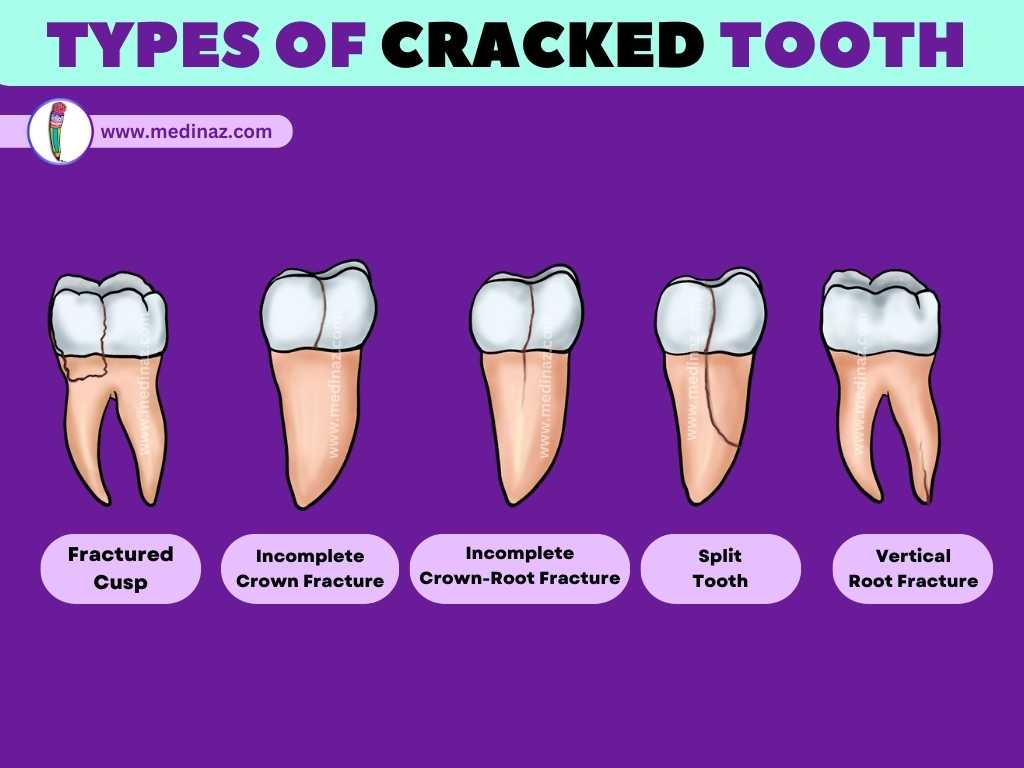
Complications and Risks Associated with Cracked Teeth:
Ignoring a cracked tooth can have serious consequences for your oral health. One of the most common complications is an increased risk of tooth decay. Cracks provide a breeding ground for bacteria, which can lead to cavities and infections. If left untreated, these infections can spread to the surrounding tissues and cause more significant dental problems.
Cracked teeth can also lead to tooth loss if not addressed promptly. The instability caused by cracks can weaken the tooth’s structure, making it more prone to breakage or loss. Additionally, untreated cracks can result in abscesses, which are painful infections that can require extensive dental treatment.
Furthermore, cracked teeth can cause significant pain and discomfort, affecting your ability to eat, speak, and carry out daily activities comfortably. By understanding the potential risks and complications, you can prioritize the treatment and care of your cracked teeth to prevent further damage.
Diagnosis of Cracked Teeth:
If you suspect a cracked tooth, visiting your dentist for a thorough examination is crucial. The diagnosis process involves several methods to identify and assess the crack:
- Visual inspection: Your dentist will visually examine your teeth for any visible signs of cracks.
- X-rays: Dental X-rays can reveal cracks that are not visible to the naked eye, helping to determine their extent.
- Dental dye tests: Special dyes (such as meglumine diatrizoate) may be used to highlight and identify small cracks that are hard to detect.
- Additional tests: Biting pressure tests or transillumination may be recommended to further evaluate the condition of the cracked tooth.
Comprehensive Diagnosis:
- Undergoing a comprehensive diagnosis ensures an accurate assessment of your dental health.
- It helps determine the presence and extent of the cracked tooth.
- Based on the diagnosis, your dentist can create the most appropriate treatment plan for your specific situation.
Treating a Fractured Tooth at Home:
While it’s essential to consult a dentist for proper evaluation and treatment, you can take some initial steps at home to alleviate symptoms:
1. Apply an ice pack: Place an ice pack on the outside of your mouth to reduce swelling.
2. Rinse with salt water: Gently rinse your mouth with salt water to help keep the area clean.
3. Over-the-counter pain relief: Take nonsteroidal anti-inflammatory drugs (NSAIDs) to reduce pain and swelling temporarily.
Remember that these home remedies are not a substitute for professional dental care. It’s crucial to seek prompt dental attention to properly assess and treat the fractured tooth.
Treatment Options for Cracked Teeth:
The appropriate treatment for a fractured tooth depends on the extent of the damage. Common treatments for cracked teeth include:
1. Bonding: Filling the fracture with plastic resin.
2. Cosmetic contouring: Smoothing and polishing the rough edges of the broken tooth.
3. Crown: Placing a porcelain or ceramic cap over the fractured tooth, especially when there is insufficient natural tooth for a veneer.
4. Extraction: Complete removal of the tooth when severe damage affects the root and nerves.
5. Root canal: Removing damaged pulp to prevent further weakening of the tooth, suitable for fractures extending into the pulp.
6. Veneer: Applying a thin covering of porcelain or plastic over the front of the tooth, suitable when a substantial amount of natural tooth remains.
In some cases, your dental provider may recommend not repairing the fractured tooth if it meets the following criteria:
- It doesn’t affect your appearance.
- It doesn’t cause pain.
- The fracture is not extensive or deep, such as a hairline crack.
How long will my broken tooth repair take?
Your dentist will carefully assess your situation and recommend the most appropriate treatment plan for your fractured tooth, ensuring the best outcome for your oral health and well-being.
The duration of repairing your broken tooth varies depending on the treatment method. Your dentist will provide you with a more precise timeline based on your specific situation. Here are some estimates for different treatments:
1. Crowns: While some crowns can be fitted in a day, most require multiple appointments, and the process may take weeks.
2. Extractions: If you opt for a dental implant to replace the tooth, the entire process can take several months.
3. Veneers: Creating a veneer typically takes three to four weeks before it can be fitted onto your tooth by the dentist.
Remember, the timeline may differ for each individual, and your dentist will guide you through the process and provide you with a more accurate estimate for your broken tooth repair.
Preventive Measures to Avoid Cracked Teeth:
Preventing cracked teeth involves adopting healthy dental habits and avoiding activities that can put unnecessary stress on your teeth. Some preventive measures you can take include:
1. Avoid biting down on hard objects like ice, pens, or hard candies.
2. Wear a mouthguard during sports activities to protect your teeth from accidents or trauma.
3. Practice stress management techniques to reduce teeth grinding and clenching.
4. Quit smoking and limit your consumption of acidic beverages to protect your tooth enamel.
5. Maintain good oral hygiene by brushing twice a day, flossing regularly, and visiting your dentist for routine check-ups.
By implementing these preventive measures, you can significantly reduce the risk of developing cracked teeth and maintain a healthy smile.
Dental Care Tips for Maintaining Healthy Teeth:
In addition to preventing cracked teeth, it’s essential to maintain overall dental health to prevent various dental issues. Here are some dental care tips to keep your teeth healthy:
1. Brush your teeth twice a day using a fluoride toothpaste.
2. Floss daily to remove plaque and food particles from between your teeth.
3. Use mouthwash to rinse your mouth and help reduce bacteria.
4. Limit sugary and acidic foods and beverages.
5. Schedule regular dental check-ups and cleanings to detect and address any dental issues early.
By following these dental care tips, you can promote optimal oral health and reduce the risk of developing various dental problems, including cracked teeth.
Conclusion and Importance of Regular Dental Check-ups:
In conclusion, cracked teeth may seem insignificant at first, but they can lead to severe complications if left untreated. Understanding the common causes, signs, and types of cracked teeth is crucial for early detection and prompt treatment. Ignoring cracked teeth can result in increased sensitivity, pain, infections, tooth loss, and other complications.
By visiting your dentist regularly for check-ups, you can ensure that any cracks or dental issues are identified early on and treated appropriately. Taking preventive measures, maintaining good oral hygiene, and adopting healthy dental habits can significantly reduce the risk of developing cracked teeth and other dental problems.
Don’t let a seemingly harmless crack turn into a dental disaster. Stay informed, prioritize your oral health, and seek professional help if you suspect you have a cracked tooth. Remember, your smile is worth protecting!
FAQS:
1. What causes a cracked tooth?
A cracked tooth can result from chewing on hard foods, grinding your teeth at night, and can even occur naturally as you age. It’s a common condition and the leading cause of tooth loss in industrialized nations.
2. What are the types of cracked teeth?
Cracks can appear as craze lines (small cracks in the enamel), fractured cusp (occurs around a dental filling), cracks that extend into the gum line, split tooth (a tooth with a crack that travels from its surface to below the gum line), and vertical root fracture (begins below the gum line and travels upward).
3. What are the symptoms of a cracked tooth?
Symptoms include pain when chewing or biting, sensitivity to heat, cold, or sweetness, and swelling of the gum around the affected tooth. However, not every cracked tooth will produce symptoms.
4. How is a cracked tooth diagnosed?
Diagnosis involves a dental history, visual examination, feeling for the crack, use of a dental dye, probing your gums for inflammation, X-rays, and having you bite down on something.
5. What are the treatments for a cracked tooth?
Treatment depends on the size and location of the crack. Options include bonding, dental crown, root canal, extraction, or no treatment if the cracks don’t affect appearance and don’t produce pain.
6. What are the complications of a cracked tooth?
The biggest complication is an infection that can spread to the bone and gums. Symptoms of a dental infection include fever, pain when chewing, swollen gums, sensitivity to heat and cold, tender glands in the neck, and bad breath.
7. How can I prevent a cracked tooth?
Good dental hygiene, avoiding chewing on hard foods, wearing a mouth guard if you play contact sports or grind your teeth can help prevent a cracked tooth.
8. What should I do if I think I’ve cracked a tooth?
Rinse with warm water to clean your mouth, use a cold compress on the outside of your cheek to prevent swelling, take anti-inflammatory painkillers to reduce swelling and pain, and make an appointment with your dentist.
9. Can a cracked tooth heal on its own?
No, a cracked tooth cannot heal by itself. It requires professional dental treatment. Ignoring a cracked tooth can lead to pain, discomfort, and possible tooth loss.
10. Can a cracked tooth cause a toothache?
Yes, a cracked tooth can cause a toothache. The pain may come and go, and it can be triggered by eating certain foods or exposure to hot or cold temperatures.
A Visual Learning Platform

